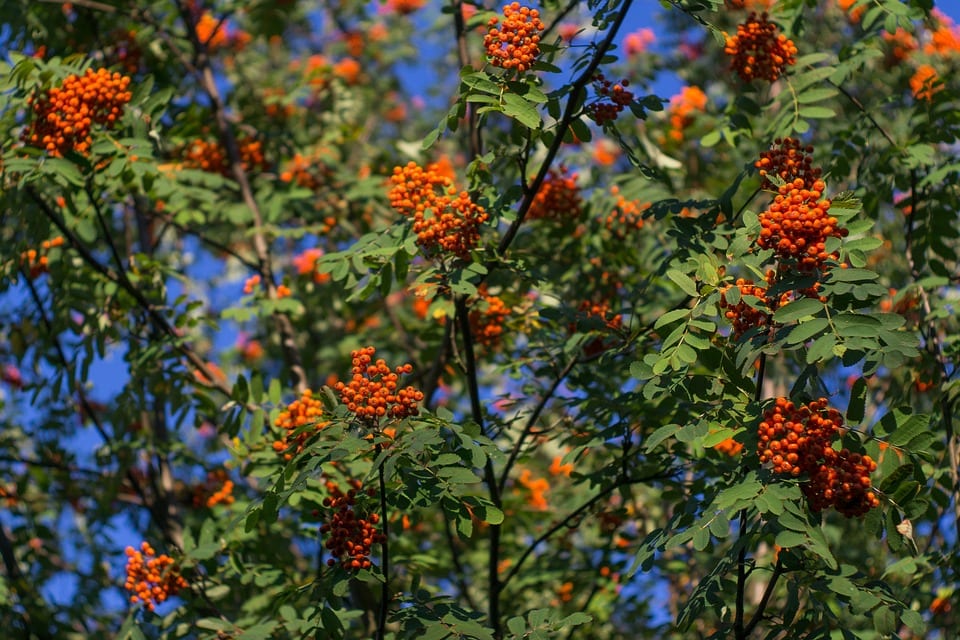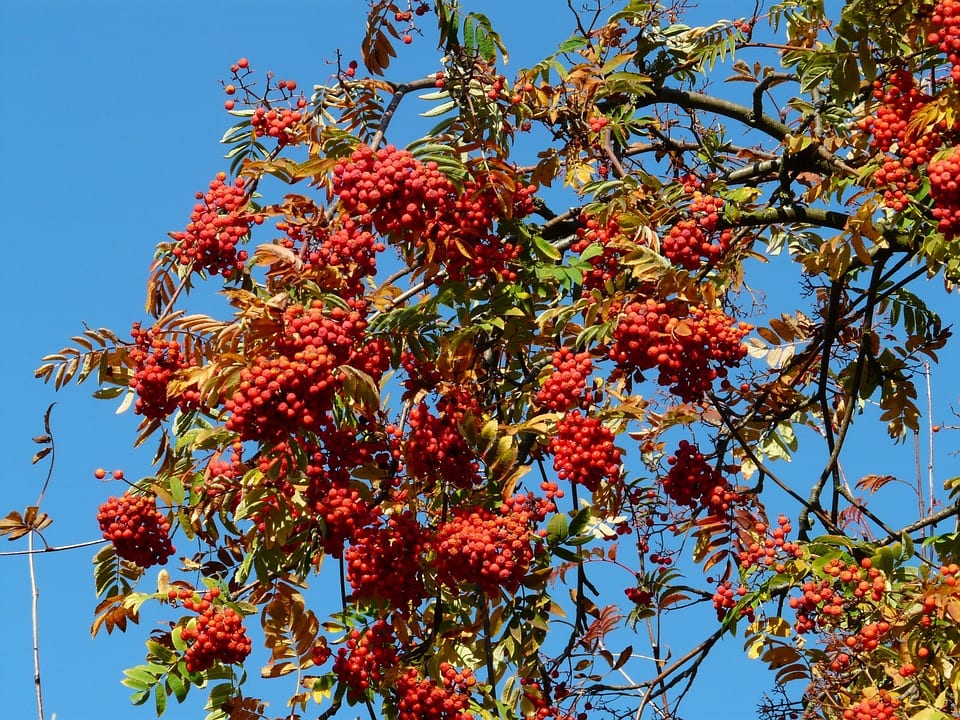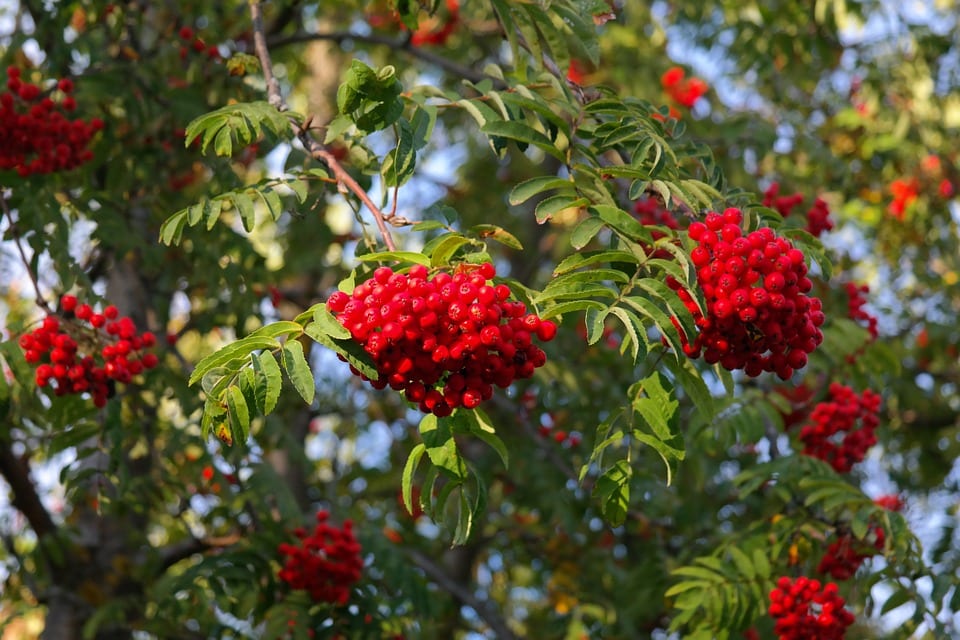
Taking a walk through the thousands of species of plants that can be found around the world we can find the Sorbus, this genus of plants is made up of at least 100 different species that originate from cold places such as central and southern Europe and Morocco.
The interesting thing about this plant and that is what places it as the core of the theme, is that this plant has interesting attributes that make it suitable for the living conditions of the city, things such as resistance to pollution and gas emissions in the air do not manage to do more damage to the plant, that is why we will delve a bit about the Sorbus and its peculiarities.
Sorbus characteristics

First, the Sorbus as a plant in a general sense can be identified as a deciduous tree with a dense and rounded crown which is capable of reaching 12 meters in height.
It has very interesting foliage, as it is formed by large oval leaves, with a serrated edge and a silvery-gray color on the upper surface and hairy on the underside that turn reddish or golden in autumn.
In the case of its flowers it is no different, they are creamy-white in color and appear gathered in clusters and fthey bloom in the second half of spring. Finally it produces red fruits that are very decorative.
Sorbus is a very resistant plant, even much more resistant than many other types of different plants, it is very versatile in the sense of a suitable climate to grow, that is why they are the most appropriate to decorate public places as a central plant or as a simple decoration for a garden. It is very common to see some type of species in a walk or public park because these plants are very good at withstanding the pollution produced by the smoke emissions that vehicles and chimneys expel into the sky, although the best climate for their cultivation It is the mountain one.
Something very curious is that some species of Sorbus can live under constant exposure to the sun's rays, as well as they can have an impressive resistance to very cold climates (even more than mountain ones). The same is true of the type of soil, these can thrive in very clayey soils or in calcareous and shallow soil.
Caring for the Sorbus

The care required by most Sorbus species To be radiant it is very little, it is enough to make sure to water the earth frequently but without doing it too much, since the important thing is that some humidity is conserved in the soil, with respect to the compost it is only necessary to use a little (it can be manure too) and aesthetically pruning is only necessary for the gardener's convenience and preferably in the summer season.
Given their qualities, these plants they are very resistant to pests and diseases conventional, although they do not usually have a very significant resistance to "fire blight".
Sorbus species
Since these plants are obtained in seedbeds, there are a variety of species that can be easily combined, although one of the most popular is the Hunter's Rowan or Common Rowan, this is very true to the general description of the Sorbus, although they can grow a little more than normal.
Its leaves are compound, that is, they are formed by lanceolate leaflets that are grouped in pairss, each on one side of the stem.
At the end of the leaf there is only one leaflet without a pair, so their overall number will be odd on each leaf, hence the leaves are odd-pinnate. The appearance of the trunk is very smooth but with small wrinkles in the bark, when they are young they have a color that tends to brown, although in their adult stage it is gray.
The fruit of this tree is usually very succulent for most bird species and its name comes from this, in ancient times its fruit was used to hunt birds Effectively.